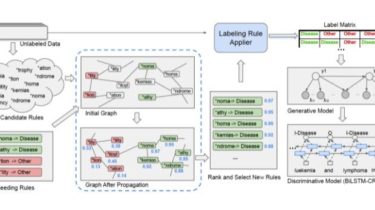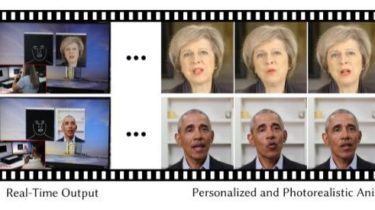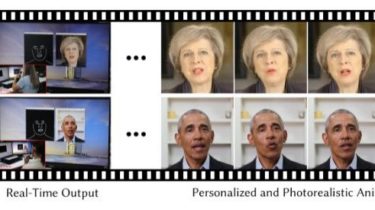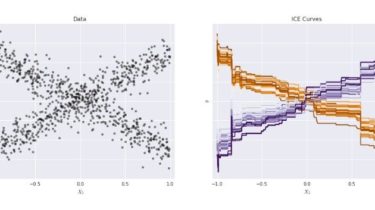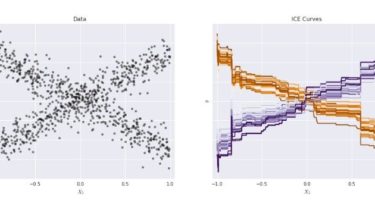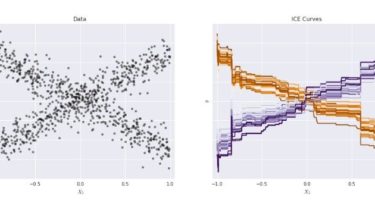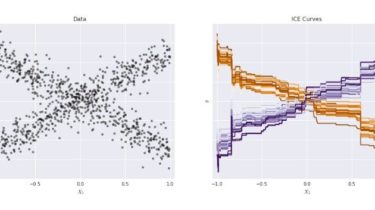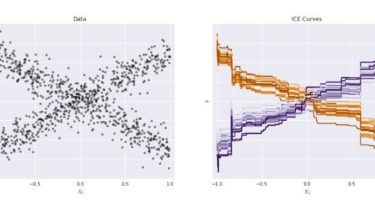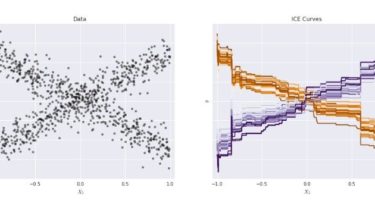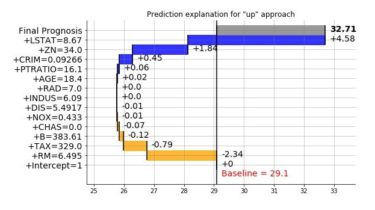GLaRA: Graph-based Labeling Rule Augmentation for Weakly Supervised Named Entity Recognition
This paper is the code release of the paper GLaRA: Graph-based Labeling Rule Augmentation for Weakly Supervised Named Entity Recognition, which is accepted at EACL-2021. This work aims at improving weakly supervised named entity reconigtion systems by automatically finding new rules that are helpful at identifying entities from data. The idea is, as shown in the following figure, if we know rule1: associated with->Disease is an accurate rule and it is semantically related to rule2: cause of->Disease, we should be […]
Read more